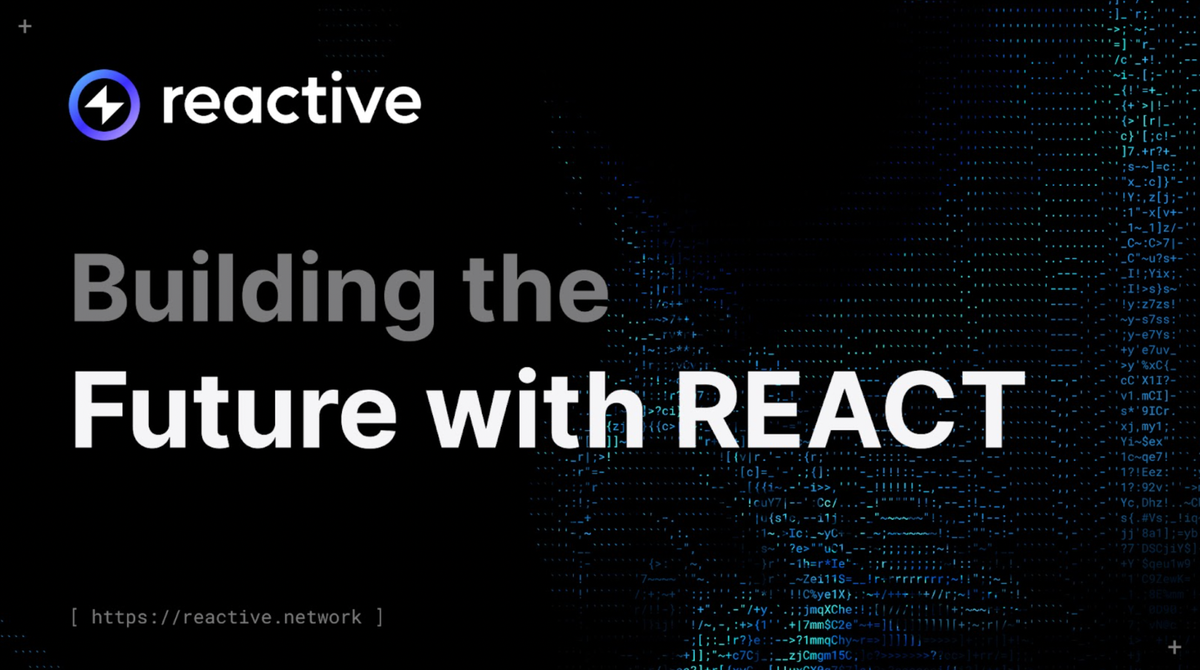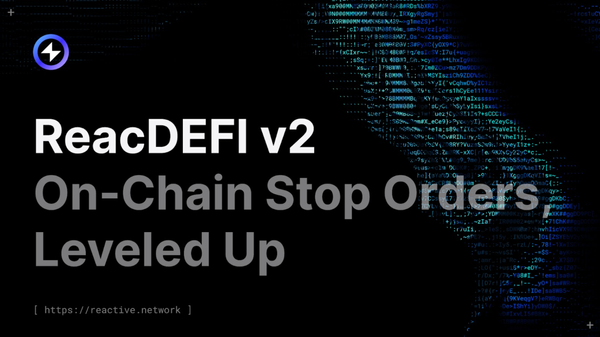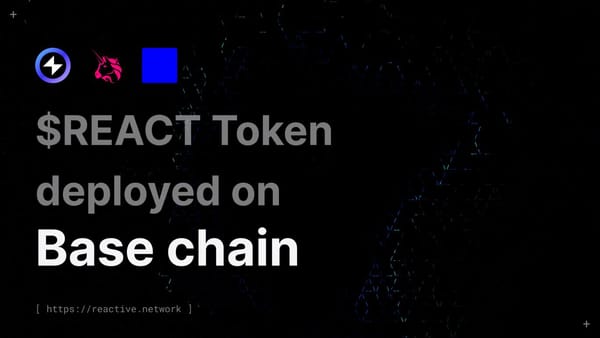BUIDL With REACT: The Winners

Teams from across the Web3 space came together this September for the BUIDL With REACT Campaign, a hands-on sprint to bring new dApps onto Reactive Mainnet and explore Reactive Contracts (RCs) in real use cases.
In partnership with Quill Audits, FinFarm, and Stake Capital, the hackathon opened several tracks across ecosystems like Hyperlane, Avalanche C-Chain, Arbitrum, Base, BNB, and Sonic. With $50,000 in prizes and developer fund grants, along with access to the Reactive developer community, teams focused on one goal: building, testing, and shipping their ideas.
After a month of hands-on development and collaboration, the winners have been announced. Projects that didn’t just imagine what could be built, but delivered it on-chain.
GoBridge – http://gobridge.xyz
Winning both the Innovation Track ($2,500 in REACT) and the Arbitrum Track ($500 in REACT), GoBridge stood out for tackling one of Web3’s biggest weak points, cross-chain bridges. Most of them depend on centralized relayers or multisigs, which create security risks and slow transfers. GoBridge removes those dependencies.
goUSD, the project’s stablecoin, acts as a shared unit across chains. When users send tokens, they’re swapped into goUSD on the origin chain, burned, and detected by Reactive Contracts (RCs) on the destination chain. RCs then mint and swap goUSD into the target token. No relayers, no custodians, just automated, verifiable transactions on-chain.
The result: secure, instant, and transparent cross-chain transfers that behave more like data packets than financial transactions. With assembly-level gas optimizations, multi-PSM stability using USDC, USDT, and DAI, and plans to integrate DEX aggregators for better execution, GoBridge is shaping the blueprint for a true multi-chain economy.
Explore the project on GitHub →
Reactivate – http://reactivat.app
Reactivate earned second place in the Innovation Track ($1,500 in REACT) and also won the Base Track ($500 in REACT) for solving a quiet but critical problem, inactive contracts. In the Reactive ecosystem, contracts require sufficient REACT or native tokens to execute callbacks and cover gas costs. Reactivate automates this process with an autonomous monitoring and refilling system.
Developers register a funding account, link their Reactive and callback contracts, and set parameters for thresholds and refills. From there, Reactivate takes over. It tracks contract balances, tops them up when needed, and restores inactive ones through a built-in debt recovery function. The process runs without manual checks or interventions.
This makes Reactive and callback contracts self-sustaining, no more missed triggers or paused logic because of low balances. For developers running high-volume or time-sensitive systems, Reactivate provides a lightweight safety net that keeps automation reliable.
Explore the project on GitHub →
NFT SUB – https://www.nftsub.app/
NFT SUB won the Avalanche Track ($500 in REACT) for building a practical tool for recurring payments in Web3. The project introduces an SDK that lets developers manage subscriptions through ERC-1155 NFTs, turning access and renewals into on-chain events instead of off-chain billing cycles.
Merchants can register, accept multi-token payments (ETH or ERC-20), and issue NFT-based access tokens to subscribers. Renewals are handled automatically through Reactive Network, keeping services active without manual triggers. Built in TypeScript with full type safety, NFT SUB also supports merchant metadata and cross-chain operations.
It’s a straightforward approach to a long-standing challenge, making recurring payments work natively on-chain.
Explore the project on GitHub →
Recap
The results speak for themselves. Teams have already shipped working products using Reactive Contracts. From relay-free cross-chain transfers to automated contract maintenance and on-chain subscriptions. These builds show that Reactive Network isn’t just theory; it’s a working stack solving real problems in production.
Developers joined, learned the tools, and built functional systems within weeks. That’s a clear signal that the Reactive architecture is accessible, reliable, and ready for adoption.
About Reactive Network
Reactive is an EVM-compatible execution layer for dApps built with Reactive contracts. These contracts differ from traditional smart contracts by using inversion-of-control for the transaction lifecycle, triggered by data flows across blockchains rather than by direct user input.
Reactive contracts listen for event logs from multiple chains and execute Solidity logic in response. They can determine autonomously when to transmit data to destination chains, enabling conditional cross-chain state changes. The network delivers fast and cost-effective computation via a proprietary parallelized EVM implementation.
Website | Blog | Twitter | Telegram | Discord | Reactive Docs
Build once — react everywhere.





